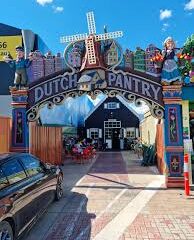
Around 170,000 displaced persons came to Australia immediately after World War II. Nearly half lived at Bonegilla when they arrived in Australia. Some stayed for weeks, others for months.
Migrants at the centre were taught English and learnt about life in Australia. They were then employed in areas where there were labour shortages, boosting Australia’s population and economy.
It first operated (1949-1952) at a centre for displaced people mainly from the Baltic countries. From 1952 to 1971 it operated as a migrant centre. In all over 300.000 people went through the camp of which over 18.000 Dutch people, they were the 6th largest group. These were people who had come to Australia as part of Australian Government-assisted employment and migration schemes.
In 1952 and 1961, Bonegilla residents rioted about long waits for promised work.
The Albury Wodonga region benefited from the economic boost and social changes brought about by migrants who chose to stay near Bonegilla. This legacy continues today.

At the Bonegilla Migrant Reception and Training Centre Dutch migrants received initial training about Australian culture and society. They could also receive training in English and other skills that would help them to find jobs in Australia.
The Bonegilla Migrant Reception and Training Centre was a vital part of the Dutch migration experience in Australia. It helped to make the transition to life in Australia easier for many Dutch migrants, and it played a significant role in the development of the Dutch community in Australia.
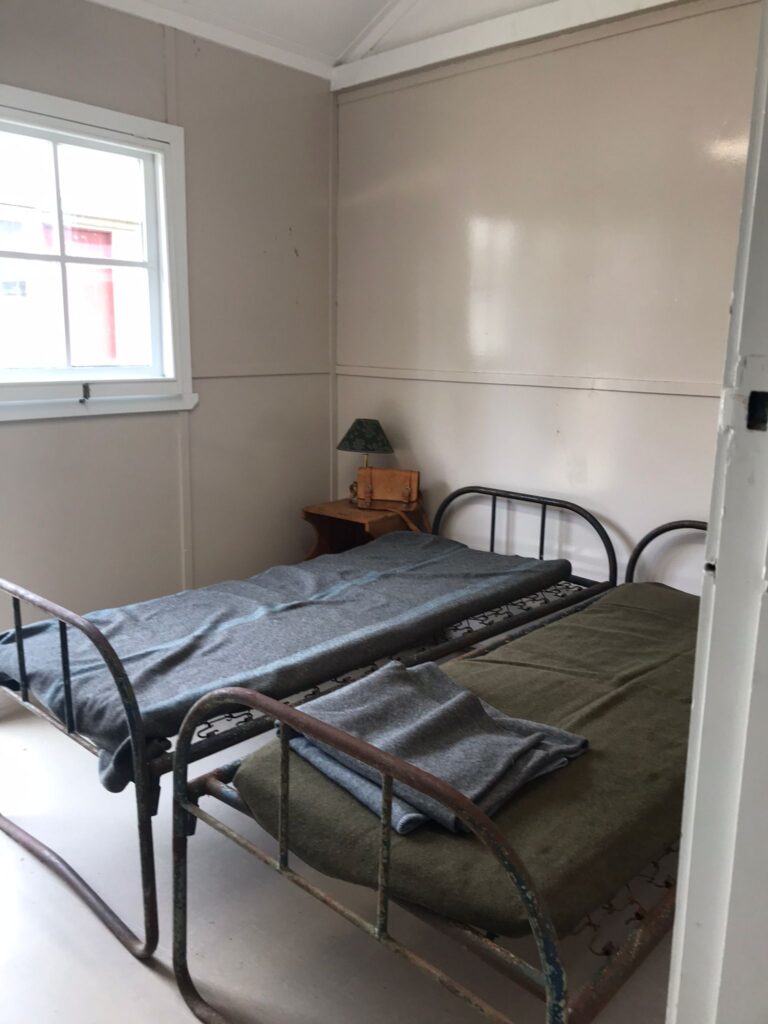
The book “Where Water Meets: Bonegilla, The Dutch Migrant Experience” by Dirk and Marijke Eijsbertse tells the story of the Dutch migration experience at Bonegilla. The authors, who were both Dutch migrants who lived at Bonegilla, provide a firsthand account of the challenges, triumphs, and cultural adjustments faced by Dutch migrants during their settlement in Australia.
The book is divided into three parts. The first part, “The Journey,” tells the story of the Dutch migrants’ journey to Australia. The second part, “The Centre,” describes life at Bonegilla. The third part, “The New Country,” tells the story of the Dutch migrants’ settlement in Australia.
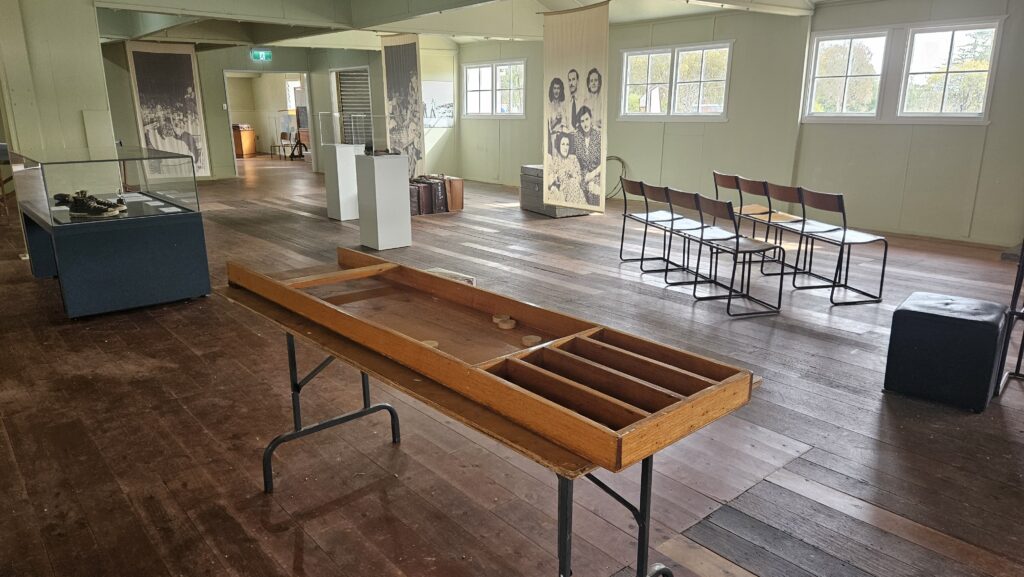
The book is based on the authors’ own experiences, as well as interviews with other Dutch migrants who lived at Bonegilla. It is a valuable resource for anyone interested in the Dutch migration experience in Australia.
The book “Where Water Meets: Bonegilla, The Dutch Migrant Experience” is a moving and insightful account of the Dutch migration experience in Australia. It is a valuable resource for anyone interested in learning more about this important chapter in Australian history.
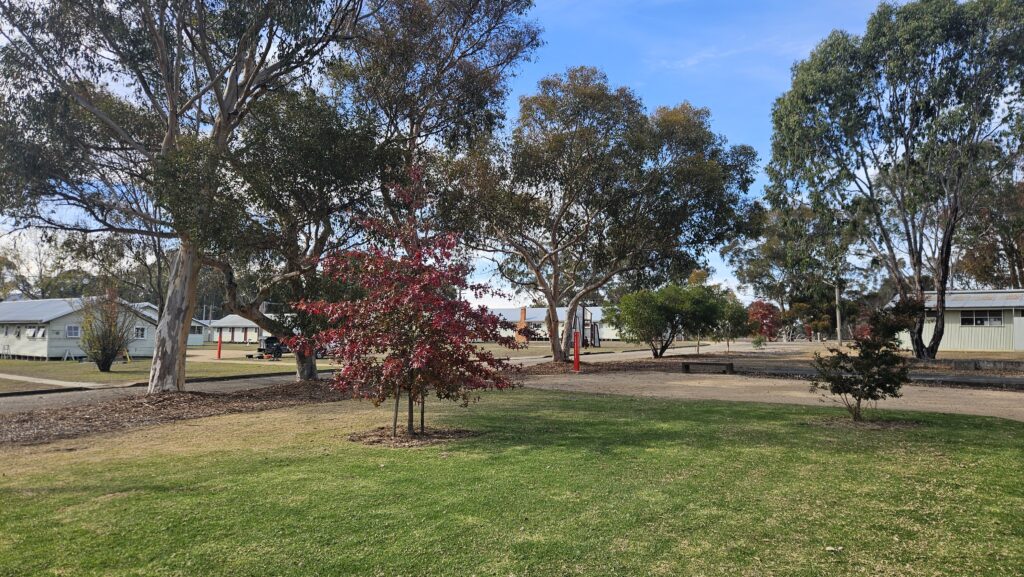
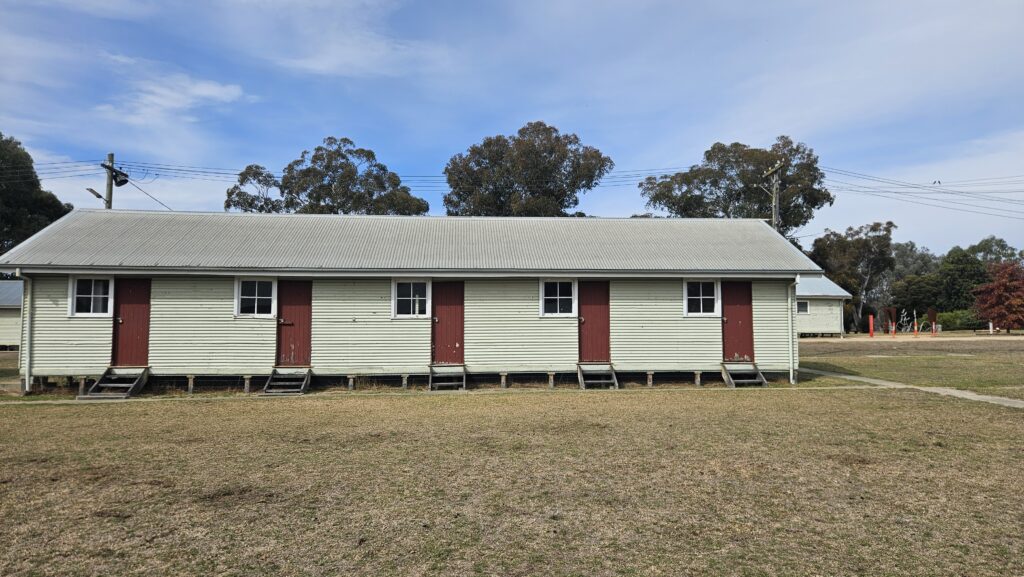
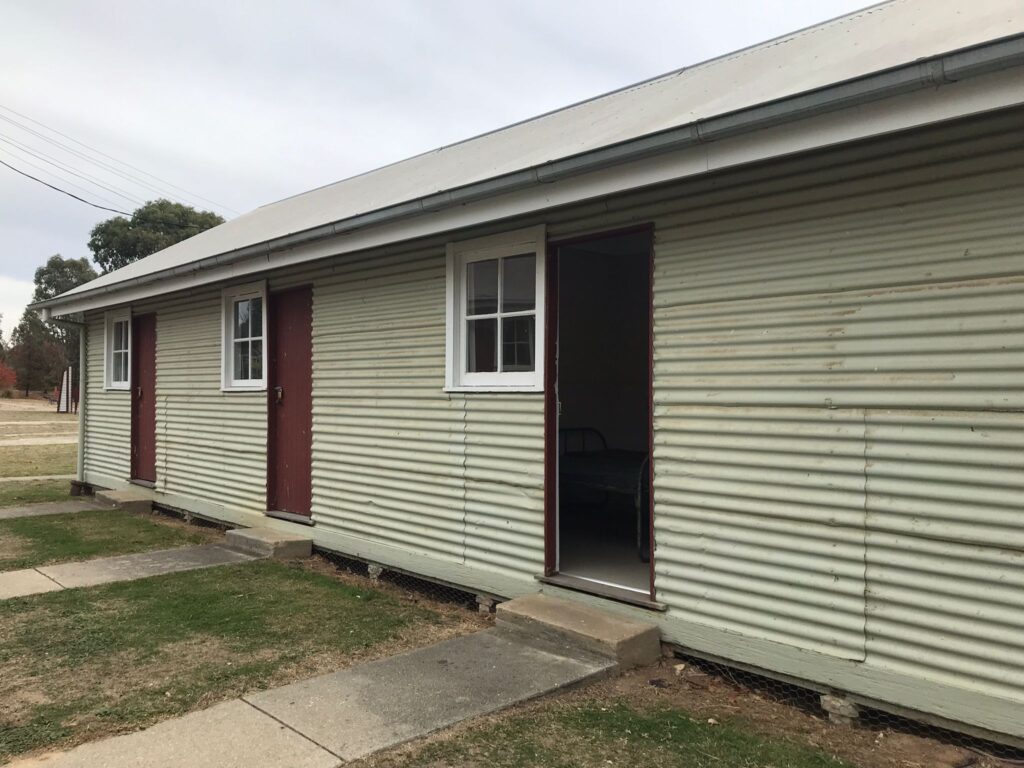
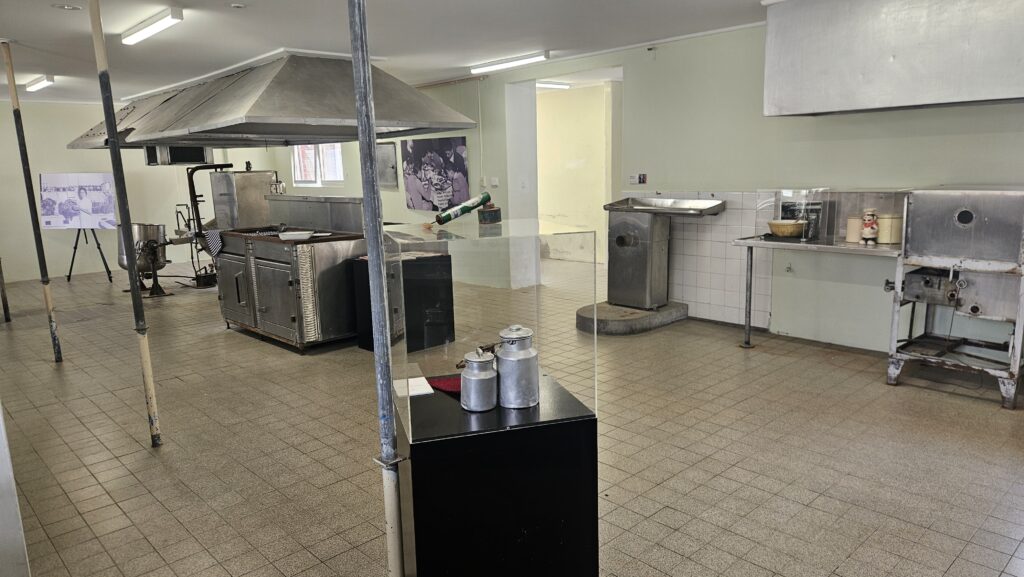


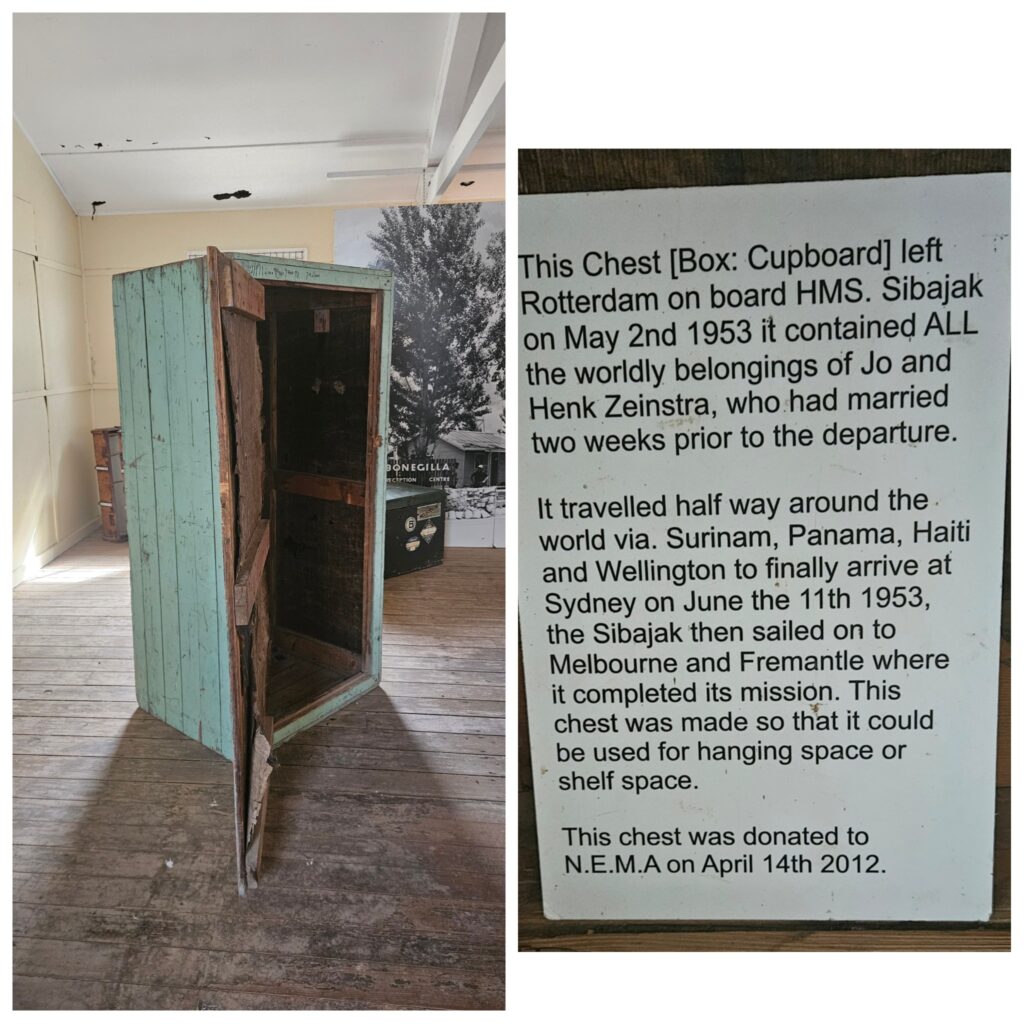

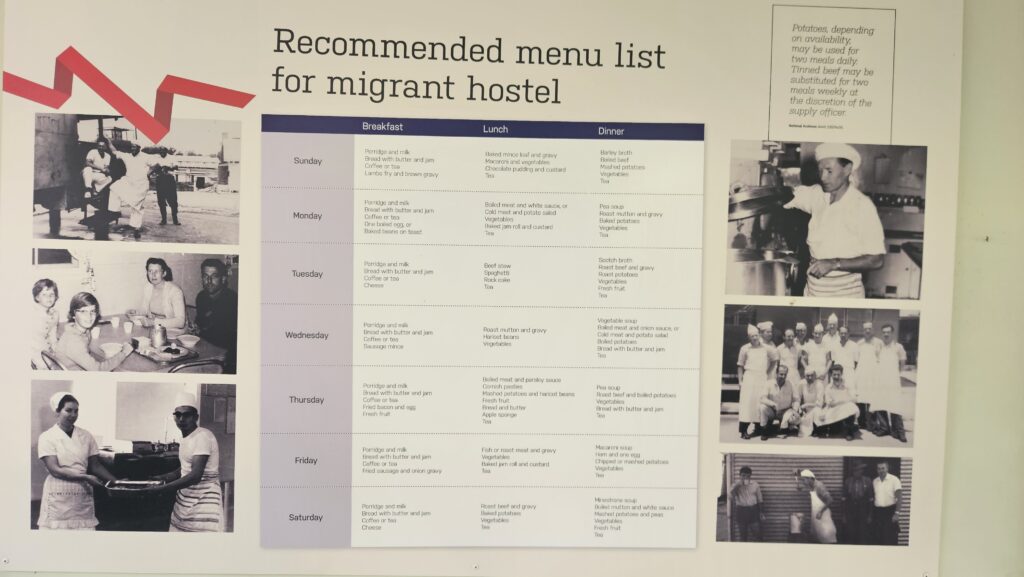
Pictures were taken by Paul Budde in April 2024
Below is an article from the Provinciale Zeeuwse Courant | 1997 |. Scroll down to read the article on the book and its authors.
Never Dutch Enough: assisted migrants from the Netherlands at Bonegilla
By: Bruce Pennay OAM, Charles Sturt University 2007
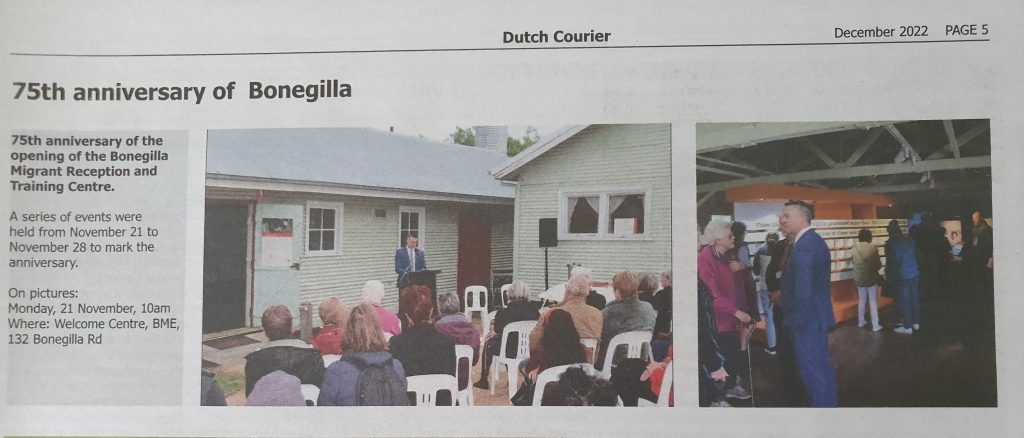
Correlje family
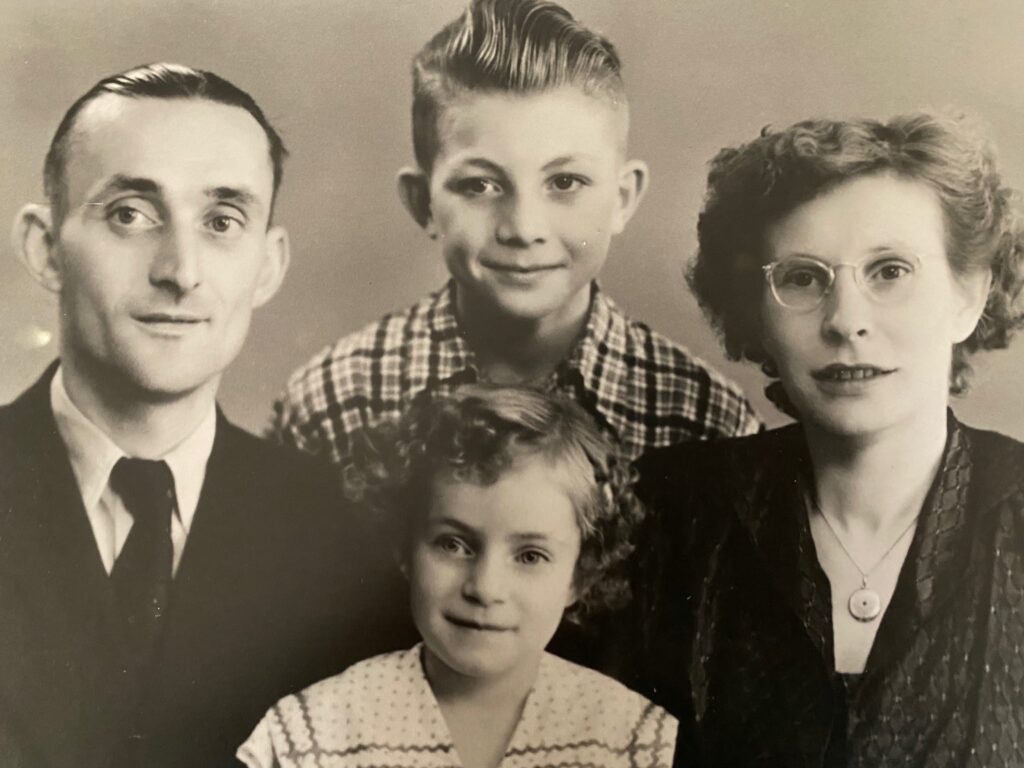
My family and l left Holland(Rotterdam) on the 3rd of September 1952 which was my 6th birthday l have not a great memory of my life before that.
My dad 31 (Lambert), mum 31, (Tonie Maria Michalides maiden name ) and brother Hans 12 .
Dad, mum, and brother have all passed. l wish l had asked more questions.
Mum always said they made the decision to migrate to give us a better life, as things were still hard in Holland after the war, we thrived in Australia.
Mum said it was hard coming to Australia on the Fairsea an Italian ship, we were not used to the Italian food and l survived on cups of tea full of sugar.
Mum was about 4 months pregnant but never told the immigration people.
One of the stops was in Fremantle WA mum told me if they had the money they would have got on the next ship back, but onwards to Melbourne we went.
Mum was told you don’t need winter clothes in Australia, they gave so much away, but they soon learnt yes you do need them in Melbourne.
We went to Bonegilla, learning English etc probably there a few weeks, dad found work and also accommodation with an elderly man in Armadale who had just lost his wife, and also had an operation on his hand, he needed help,we were there for a couple of years, then moved to Caulfield, Elsternwick and finally ended up in Belgrave.
Mum went back to Holland a couple of times but was always happy to come” Home”.
Mum and dad had a wonderful, happy life together in Oz, but did of course miss their family.
Now 70 years later our family that started off as four, dad, mum, Hans and Maria has grown to “Lots”
Maria Bailey nee Correlje.
Letter from Tonie Correlje (with English translation)
Harry Optveld
Harry Optveld has made an emotional return with his family to the Bonegilla Migrant Experience for the first time since beginning his Australian adventure at Bonegilla as a young man from Holland 70 years ago.
Mr Optveld, who’s 91, remembered the long walk from the train to the camp and sleeping on a wire bed that was like “an old farm gate”.
After four weeks in the camp, he went to work as a railway fettler in the outback – a stark contrast to his home country – and later married Gerda, his wife of 60 years.
Mr Optveld’s children and grandchildren were among those who returned with him to Bonegilla and the family has thanked the BME team for making the visit so special.

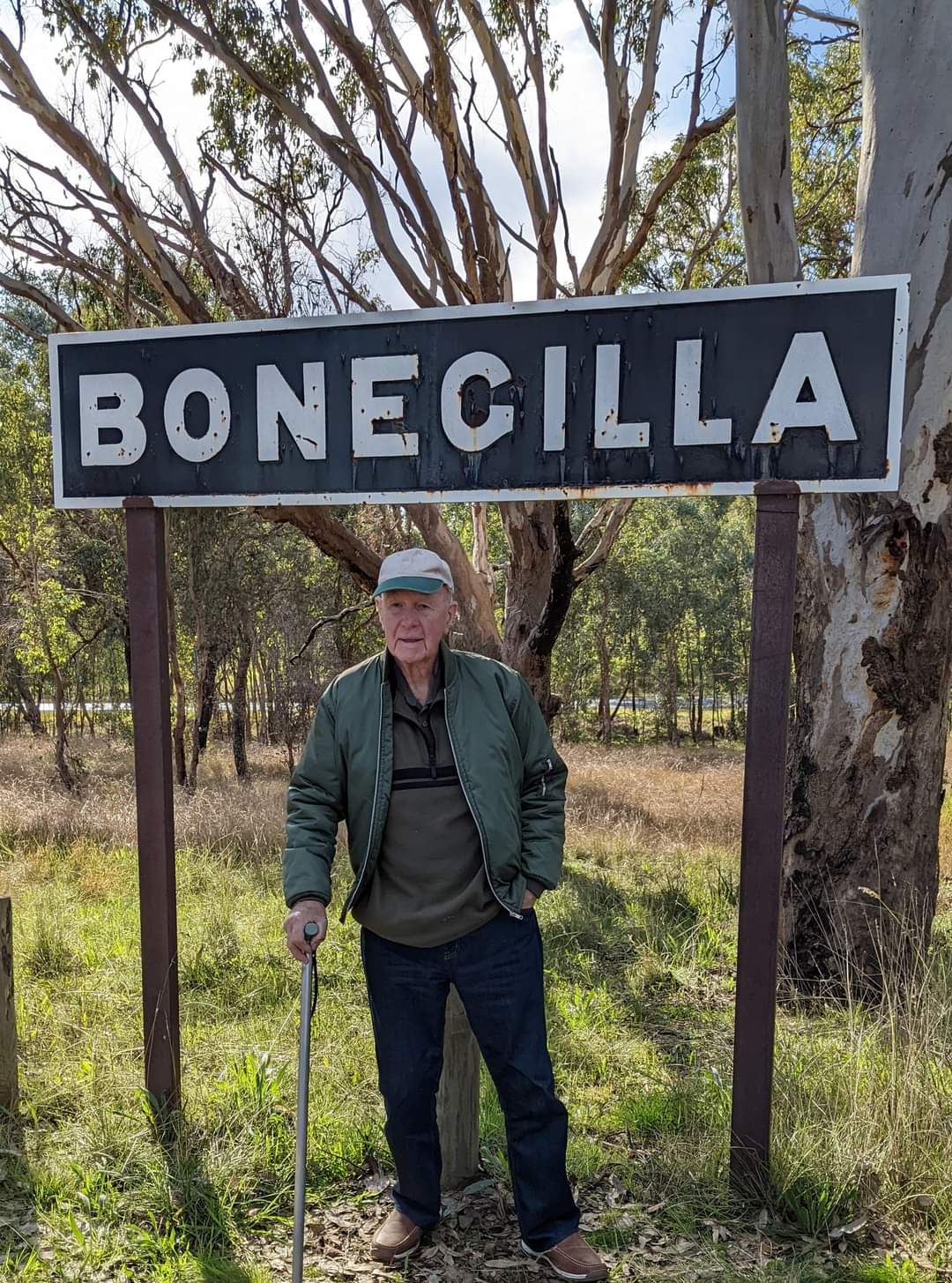
Gerry van den Bogaart
When Gary Van Den Bogaart’s family moved from Holland to Australia in 1952 they couldn’t afford suitcases for the journey – so Gary’s father made his own from timber.
Seventy years later those cases have been donated to Bonegilla Migrant Experience and will be preserved as a reminder of the can-do attitudes of those migrants who called Bonegilla their first Australian home.
SBS interview: ‘Scheveningse Anne ging op haar 17e werken als tolk in het ziekenhuis van Bonegilla’
Sources:
See also:
Never good enough : assisted migrants from the Netherlands at Bonegilla / Bruce Pennay, 2007
